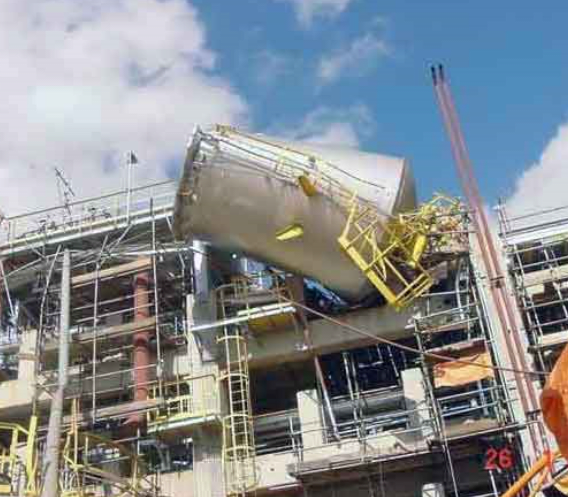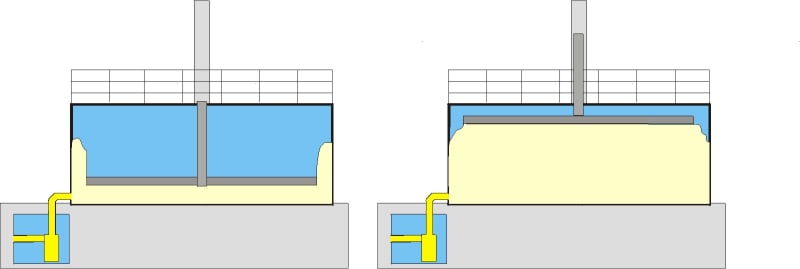MartinLe
Civil/Environmental
- Oct 12, 2012
- 394
Does anyone have a reprot or news about a deflagration in a low pressure (10-50 mbar) gas storage tank (or tank with other purpose but constructed a similar way, e.g. biogas digester), preferable a bolted construction from glas fused steel plates.
In a current project, someone raised the question of explosion in a sewage gas tank and how far the individual plates would be flying. In my (and the company erecting the tanks) opinion, first the membrane would rip, if this would not suffiently release the pressure the tank would rip open along one seam similar to a sausage.
But we don't know if and whan this ever happened.
The gas system is at a positive pressure. The tanks interior is treated as an ex-hazard zone (only atex approved equipment, lightning protection, warning signs). I'm not sure the someone who raised the question is very well informed and it is likely that we never hear this specific line of enquiry again, but the question piqued my curiosity what damage a deflagration in such a tank would actually do.
In a current project, someone raised the question of explosion in a sewage gas tank and how far the individual plates would be flying. In my (and the company erecting the tanks) opinion, first the membrane would rip, if this would not suffiently release the pressure the tank would rip open along one seam similar to a sausage.
But we don't know if and whan this ever happened.
The gas system is at a positive pressure. The tanks interior is treated as an ex-hazard zone (only atex approved equipment, lightning protection, warning signs). I'm not sure the someone who raised the question is very well informed and it is likely that we never hear this specific line of enquiry again, but the question piqued my curiosity what damage a deflagration in such a tank would actually do.


